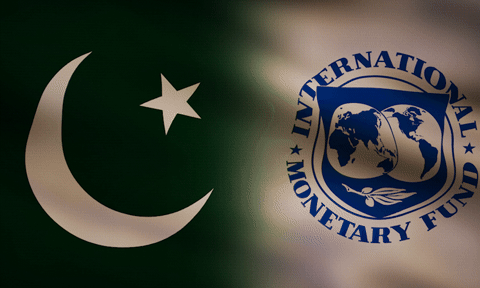EDITORIAL: The disarray marring Pakistan’s development agenda was laid bare recently by the planning ministry as it revealed that the Public Sector Development Programme (PSDP) for the current fiscal year was cut by 25 percent to clock in at Rs717 billion against an original allocation of Rs950 billion.
In a summary that the ministry prepared for the National Economic Council, it was detailed that a variety of factors led to this development, not least the fact that part of the funds earmarked for this area ended up being apportioned to parliamentarians to spend in their constituencies ahead of the elections.
In addition, Rs20 billion was diverted to the non-development side during the year while a substantial 20 percent reduction was made in the release of PSDP funds for the fourth quarter to meet the country’s deficit financing needs.
It should be noted that over the last decade, the PSDP has shrunk consistently, with successive governments doing little to alter this worrying trend. The last 10 years have seen the PSDP’s size falling from 1.7 percent of the GDP in 2013 to 0.9 percent of the GDP in 2023-24.
While inflation and rupee depreciation have had a role to play here, the fact of the matter is that the country’s primary deficit often ends up being financed through cuts made under the development head in a bid to meet IMF conditions. In addition, the demands of constituency politics regularly come in the way of allocating the PSDP in a judicious manner, with financing needs of projects of national importance frequently falling by the wayside.
While one can still understand the need for meeting current expenditure requirements – even though raiding the PSDP is a less-than-ideal route to meet this shortfall – the practice of successive governments to spend the development budget in constituencies, often on large-scale projects, is an entirely unfair use of budgetary allocations.
This is akin to playing with the future of the country, where political expediency ends up overriding development schemes vital for the health of the nation. The ruling PML-N has too often been the culprit here as its traditional way of doing politics has largely revolved around slashing the development budget to spend on grandiose projects.
The recent meeting of PML-N bigwigs in Lahore indicates that it plans on persisting in its customary mode with the Planning Commission indicating that additions to the Rs1.2 trillion federal development expenditure for the next budget are on the cards following this huddle, even though this could end up violating the indicative budgetary ceiling set by the finance ministry.
What also needs to be realised is that the considerable 33 percent share of the PSDP that goes towards provincial projects is an inequitable use of development spending. Following the passage of the 18th Amendment, several areas now fall under the provinces’ domain, and it is only fair that they take over the financing needs of such projects.
The federal government clearly does not have the financial resources at its disposal to expand development spending without causing serious constraints on the fiscal space. As parties making up the ruling coalition at the centre are in power in most of the provinces, they have a responsibility to alter long-established spending patterns, and task their respective provincial governments to take ownership of projects that fall under the provinces’ purview. The ruling coalition can still expect to get the same political mileage from development programmes established at the provincial level that it would receive if these projects are set up at the centre.
It is obvious that the current handling of the PSDP is in need of a substantial change as we cannot afford any extravagance or any compromise on vital development projects that have the potential to drive future economic growth.
Copyright Business Recorder, 2024





















Comments
Comments are closed.